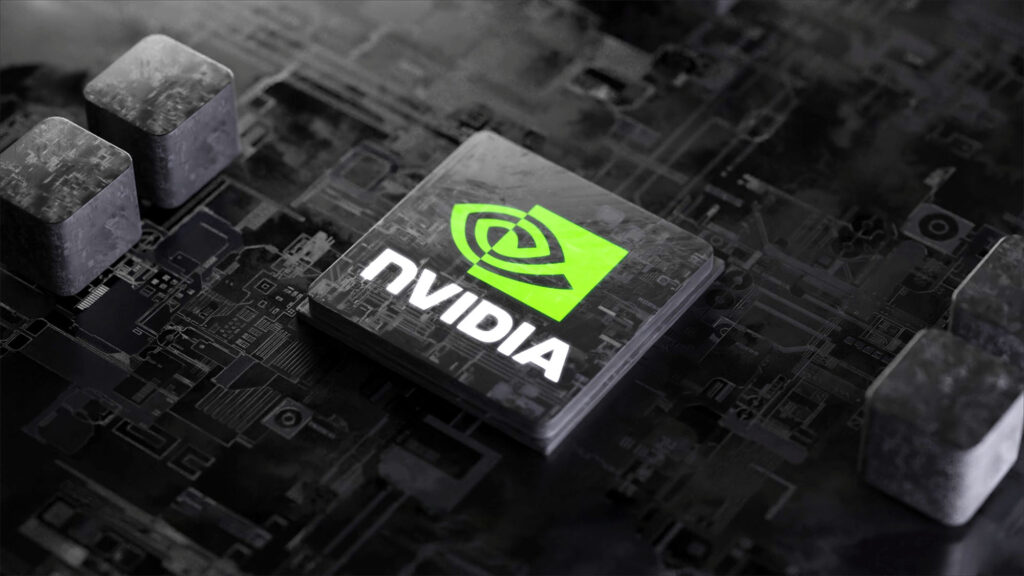NVIDIA: A Global Leader in Graphics and AI Computing
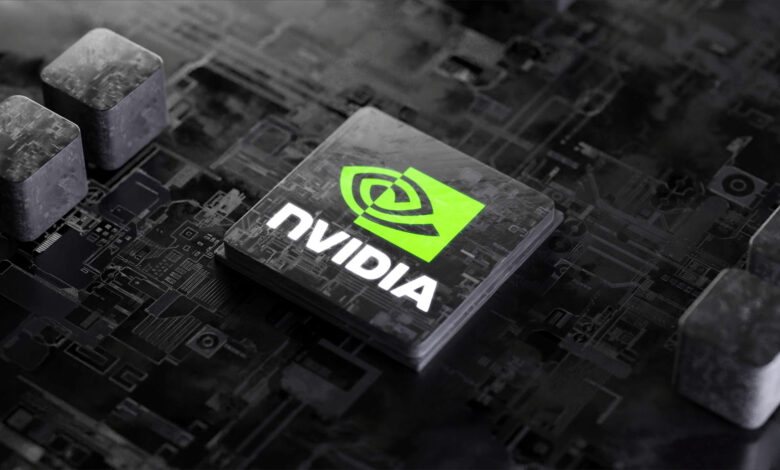
Introduction to NVIDIA: A Global Leader in Graphics and AI Computing
Founded in 1993, NVIDIA Corporation is a multinational technology company that has established itself as a dominant force in the semiconductor industry. Headquartered in Santa Clara, California, NVIDIA is best known for revolutionizing graphics processing technology, bringing powerful visual computing capabilities to gamers, professionals, and enterprises worldwide. Over the decades, the company has expanded beyond graphics processors to include artificial intelligence (AI), data center solutions, mobile computing, automotive technology, and high-performance computing (HPC).
NVIDIA’s core business revolves around designing graphics processing units (GPUs) and chipsets that enable high-performance computing, real-time rendering, and AI-powered applications. The company’s innovations have transformed industries, from gaming and entertainment to healthcare, automotive, and scientific research. Its impact on modern computing is undeniable, with GPUs playing a crucial role in everything from deep learning to autonomous vehicles and cloud computing.
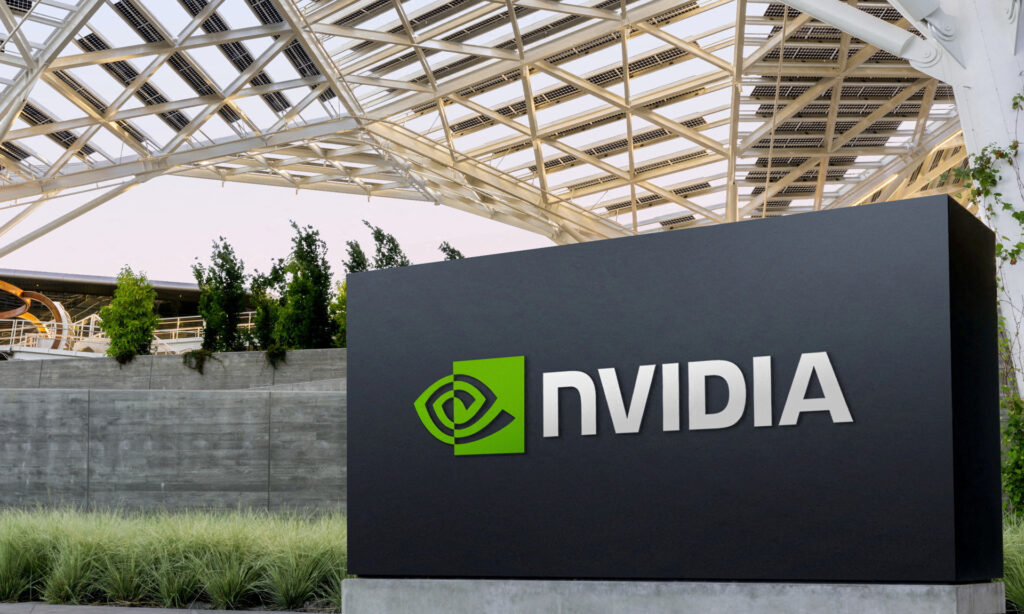
NVIDIA’s Product Portfolio
NVIDIA offers a diverse range of products catering to various industries and applications. Below are the most notable product lines that have solidified its reputation as a market leader in computing technology.
GeForce – Gaming and Consumer Graphics
GeForce is NVIDIA’s flagship product line and the most recognizable in the gaming community. These graphics processors are designed to deliver high-quality visuals, immersive experiences, and real-time ray tracing in modern gaming. GeForce GPUs power gaming desktops, laptops, and cloud gaming services like NVIDIA GeForce NOW. Over the years, the company has introduced numerous innovations, such as:
- Ray Tracing (RTX series) – Enables realistic lighting, shadows, and reflections.
- DLSS (Deep Learning Super Sampling) – AI-powered image enhancement technology for better performance.
- Reflex Technology – Reduces system latency for competitive gaming.
- Max-Q Design – Optimizes GPU power efficiency in gaming laptops.
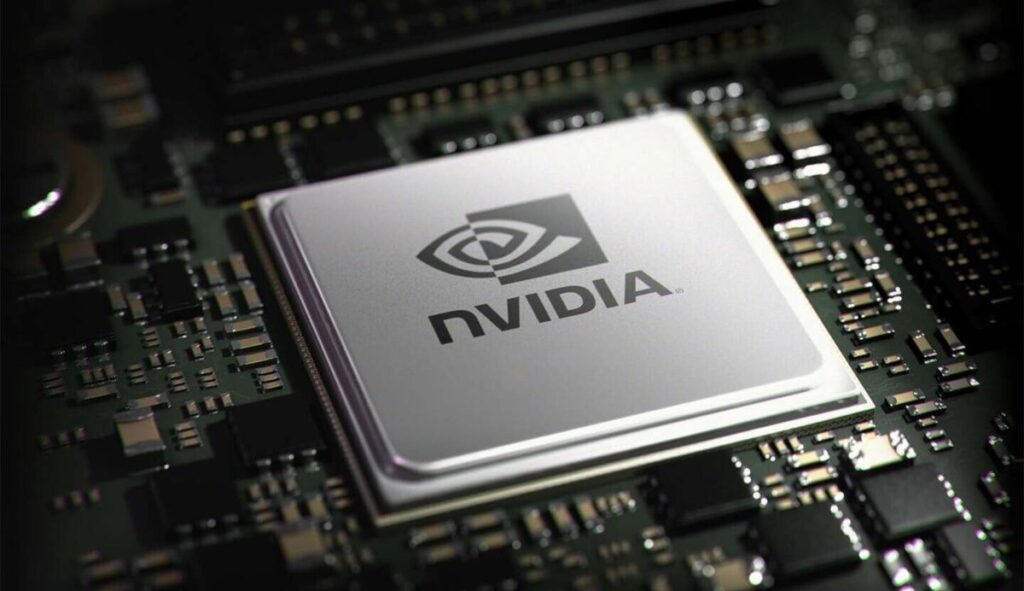
Quadro – Professional Graphics for Workstations
NVIDIA’s Quadro GPUs are tailored for professionals working in design, engineering, and digital content creation. These high-end graphics processors provide unparalleled precision and reliability for:
- CAD (Computer-Aided Design) Applications
- 3D Modeling and Animation
- Scientific Simulations
- Medical Imaging and AI Workflows
Quadro GPUs are found in professional workstations used by architects, engineers, and video production experts. They support high-resolution multi-monitor setups and are optimized for applications such as AutoCAD, Adobe Premiere Pro, and SolidWorks.
Tegra – Mobile and Embedded Computing
The NVIDIA Tegra system-on-chip (SoC) is designed for mobile devices, handheld gaming consoles, automotive infotainment systems, and embedded AI applications. This compact yet powerful processor integrates a CPU, GPU, and AI acceleration into a single chip, making it ideal for:
- Android-based gaming devices (e.g., NVIDIA SHIELD, Nintendo Switch)
- Autonomous vehicle AI systems
- AI-powered robotics and industrial applications
Tegra chips have played a significant role in the gaming and automotive industries, providing enhanced graphics and computational power for portable devices.
Tesla – High-Performance Computing and AI Acceleration
Tesla GPUs are designed for scientific computing, deep learning, and AI applications. These graphics accelerators are widely used in data centers, supercomputers, and AI research labs, enabling:
- Machine Learning and Neural Networks
- Climate Modeling and Weather Forecasting
- Drug Discovery and Genomic Research
- Financial and Risk Analysis
Tesla GPUs leverage CUDA (Compute Unified Device Architecture), NVIDIA’s parallel computing platform, to accelerate computations by harnessing the power of thousands of GPU cores. Today, the Tesla brand has evolved into the NVIDIA Data Center GPU lineup, including the A100 and H100 series for AI-driven computing.
nForce – Motherboard Chipsets (Discontinued)
NVIDIA’s nForce chipsets were once popular among PC enthusiasts and gamers. These motherboards provided enhanced system performance, integrated graphics, and advanced networking capabilities for AMD Athlon and Duron processors. While the nForce line has been discontinued, it played a crucial role in NVIDIA’s early success in the PC hardware market.
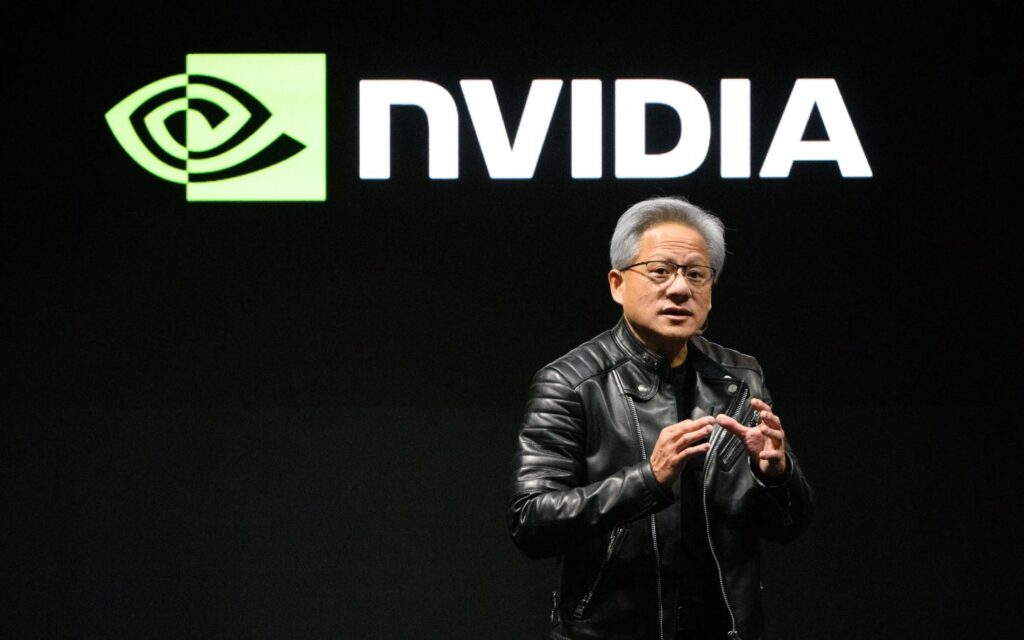
NVIDIA’s Expansion Beyond Graphics
Beyond its traditional focus on graphics processing, NVIDIA has ventured into AI, cloud computing, and autonomous driving technologies. The company is actively involved in the following cutting-edge sectors:
- Artificial Intelligence & Deep Learning – NVIDIA’s AI platforms power research in medical diagnostics, natural language processing, and robotics. The NVIDIA DGX systems and AI software frameworks like TensorRT and cuDNN are widely used in AI research.
- Data Centers & Cloud Computing – With the rise of cloud-based services, NVIDIA GPUs are deployed in data centers worldwide. NVIDIA’s GPU-powered cloud solutions enable high-performance workloads, from AI inference to 3D rendering.
- Autonomous Vehicles (NVIDIA DRIVE) – NVIDIA DRIVE is an AI-powered platform for self-driving cars. By integrating deep learning and real-time computing, this technology enhances the capabilities of autonomous vehicles in navigation, perception, and decision-making.
- Metaverse & Omniverse – NVIDIA Omniverse is a collaborative 3D simulation platform that enables designers, engineers, and AI researchers to create and test digital twins, virtual worlds, and simulations for industrial applications.
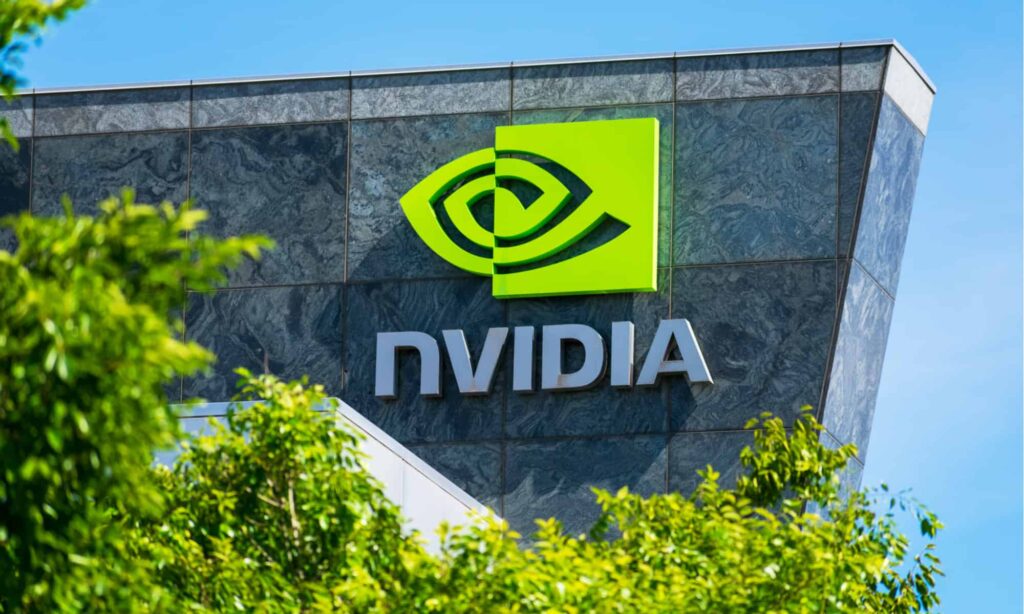
Conclusion
NVIDIA has grown from a pioneering GPU company into a global technology leader in AI, cloud computing, and high-performance computing. With continuous advancements in graphics, deep learning, and autonomous systems, NVIDIA continues to shape the future of computing across multiple industries. Whether in gaming, professional workstations, AI-driven research, or next-generation robotics, NVIDIA’s innovations remain at the forefront of technological progress.
